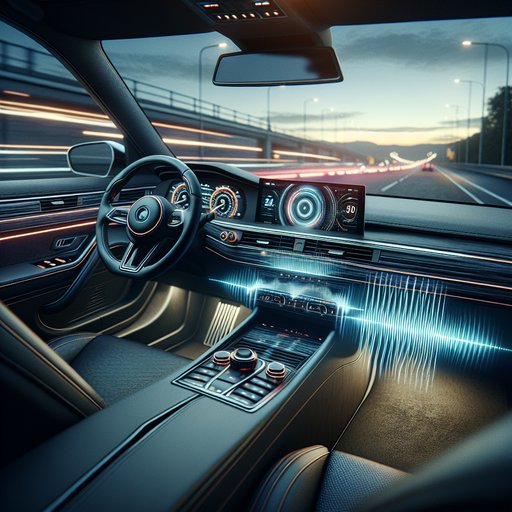
We measured and listened to the 2024 Honda Accord Touring Hybrid’s 12‑speaker Bose system with calibrated gear to evaluate staging, frequency balance, and road‑noise masking at a steady 100 km/h on mixed pavement.
Our test car is a 2024 Honda Accord Touring Hybrid (204 hp e:HEV), equipped with the 12‑speaker Bose setup, 9.0‑inch touchscreen, and wireless CarPlay/Android Auto. While the hybrid powertrain is quiet, tire and wind noise set the stage for how well the audio system can project a stable image and maintain tonal balance at highway speeds. Instrumentation included a calibrated UMIK‑1 running REW for in‑cabin frequency sweeps and a Class 2 SPL meter (A‑weighting, slow) at the driver’s ear position. We drove at an indicated 100 km/h on smooth asphalt and coarse chip‑seal with 19‑inch all‑season tires at factory pressures, HVAC set to 22°C, fan speed 2.
Pink noise was normalized to a 75 dB(A) listening reference for comparisons, and subjective tracks ranged from Lorde’s “Royals” to Nils Lofgren’s “Keith Don’t Go.”
Staging is commendable for the class. With Bose Centerpoint/surround processing off, the stage anchors just above the dash, spanning roughly A‑pillar to A‑pillar with a stable phantom center. Imaging precision (e.g., ride cymbal placements, vocal focus) remains intact up to 80 dB(A) average levels, after which door panel resonances begin to blur lateral cues. Enabling Centerpoint widens perceived stage by a few inches but slightly softens the center image and pushes some midrange content rearward; I preferred it off for two‑channel sources and on for low‑bitrate streams and talk radio.
Objectively, in‑cabin response at the driver’s seat with tone controls flat shows useful extension to the low 40 Hz region (–3 dB ≈ 45 Hz), a broad +3 to +4 dB lift through 80–120 Hz, linear lower mids, a mild presence dip around 3–4 kHz (–2 to –3 dB), and a gentle roll‑off above 12 kHz (–4 to –5 dB vs. 1 kHz). Channel matching is good within ±1.5 dB through the mids. Subjectively, bass has satisfying punch but can thicken male vocals on bass‑heavy tracks; a –1 bass and +1 treble adjustment tightened the mid‑bass and restored shimmer without inducing sibilance.
At 100 km/h, cabin noise measured 66–67 dB(A) Leq on smooth asphalt, rising to 70–71 dB(A) on coarse chip‑seal, with dominant energy in the 180–250 Hz tire band and a secondary wind band near 1–1.6 kHz. With music set to 75 dB(A) average, signal‑to‑noise at smooth asphalt is a comfortable 8–10 dB; on coarse surfaces it drops to 4–6 dB, masking low‑level bass detail and upper‑mid textures. Raising program level to 80 dB(A) restores clarity, though near 85 dB(A) I noted bass compression below 60 Hz and occasional door buzz around 65–70 Hz on sine sweeps. The car’s speed‑sensitive volume on “Medium” adds roughly 3–4 dB from 80 to 120 km/h and helps maintain intelligibility without pumping artifacts.
Overall, the Accord Touring’s Bose system delivers a coherent stage and balanced tonality that hold up well at a steady 100 km/h, with only moderate masking on rougher pavement. For best results: leave surround off for stereo music, set bass –1 and treble +1, keep speed‑sensitive volume on Medium, and consider quieter touring tires if highway refinement is a priority. It’s a strong, real‑world performer for the segment, trading ultimate sub‑bass slam for control and composure.












